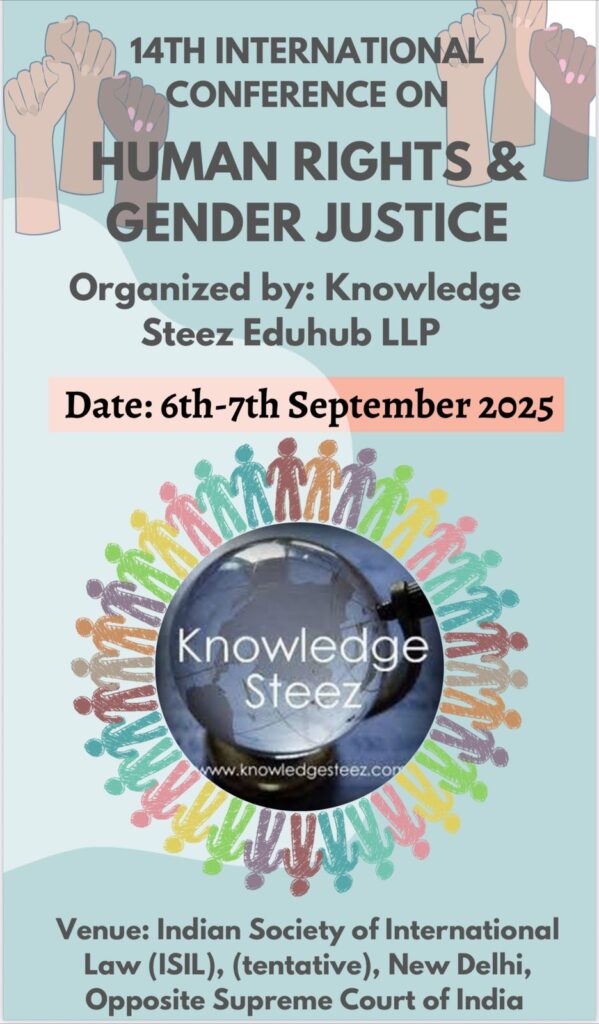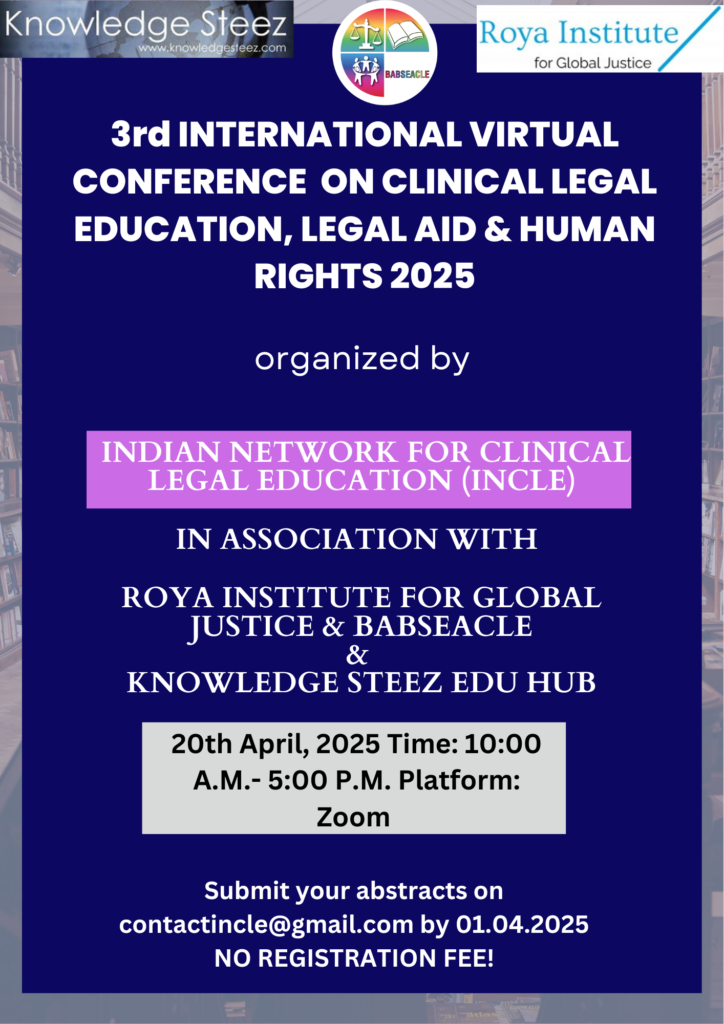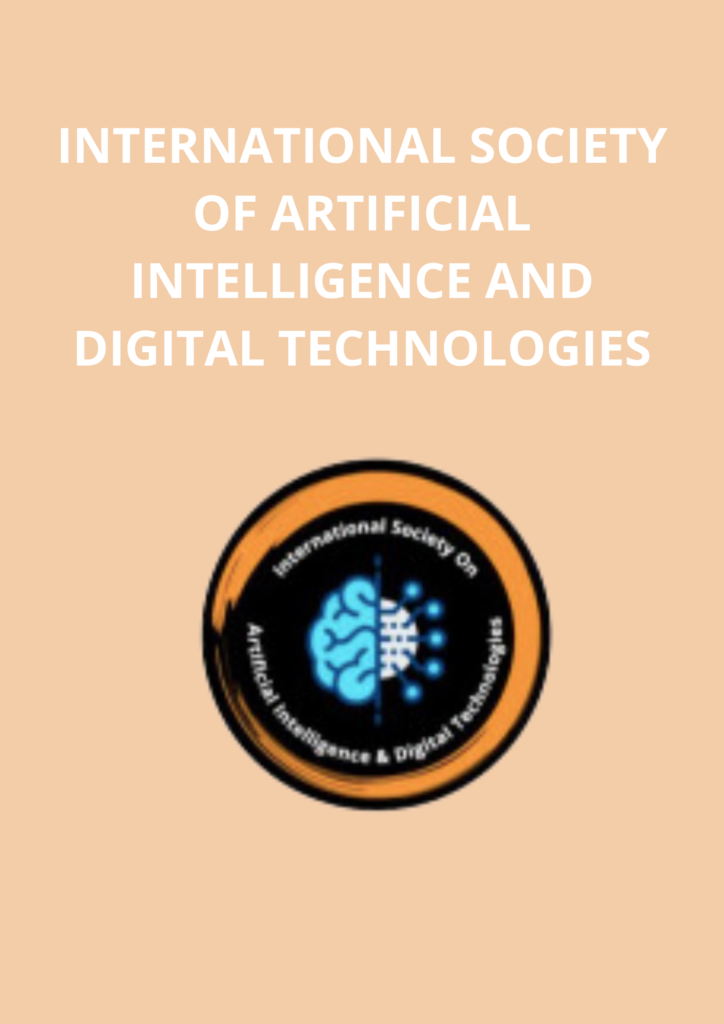CALL FOR PAPERS
With the anarchy and factionalism unleashed on Afghanistan since its takeover by the Taliban in 2021, the casualties of global terrorism may only continue to soar. It is in this context that during his address to the UN General Assembly on the Afghan situation in September 2021, India’s Prime Minister, Narendra Modi, appealed that “terrorism as a political tool has to be rejected”. Through the 21st century, terrorism has been one of the severest of blows to human security, which is a basic requisite for the peaceful sustenance of life. Ruthless violence rooted in religious fundamentalism has in turn been one of the fiercest mutations of terrorism, epitomized by the persistent radical fantasies of Islamist jihad around the world. With Ansar Dine in Mali and al-Shabaab in Somalia, al-Nusra in Syria and Abu Sayyaf in the Philippines, most developing as well-developed parts of the Global South – especially in Asia and Africa – remain seeped in this poison, which at times spills over to the West too. Despite security agencies staying on their toes, the inhabitants of these regions are no longer strangers to the propulsion of utterly un-Islamic visions in the name of Islam via the stabbing, shooting, and bombing of innocents. 2:256 Surah al Baqra of the Quran underscores that “there shall be no compulsion in religion”. Yet, transnational jihadist outfits such as ISIS and al-Qaeda mask their barbarism with the façade of a crusade for Islamic caliphates and emirates. They perhaps fail to recall that the benevolent Hindu empires of the Mauryas and the Cholas did not require bloodshed, but chiefly the peaceful projection of the noblest values, to spread their influence to the farthest corners of Central and Southeast Asia.
Despite being home to millions of Muslims, a melting pot of cultures, and an engine of Asia’s economy, South Asia has been one of the most fertile grounds for Islamic fundamentalism and the terrorism it creates. From the Taliban to HuJI, Lashkar-e-Taiba to Indian Mujahideen, some of the world’s most notorious and violent peddlers of jihad breath and breed on South Asian soil, feeding off the socio-economic strife and insecurities of the everyday Muslim in a historically impoverished and ethno-politically fragile context. For decades now, Kashmir has been a saddening example of this phenomenon, with deliberate, renewing conflict thwarting each attempt for normalization. In 2021 alone, when Pakistan-sponsored militants in the valley failed to sway attention with their sneak ambushes against military and police personnel, they stooped to the cowardly murder of defenseless wage labourers, without whom the initiative of developing and maintaining Kashmir’s infrastructure and connectivity shall only weaken. It must take the ignorance and will of a lunatic to sacrifice the socio-economic advancement of the very people whose rights one asserts to be fighting for.
When the graver terror of Covid-19 returned to Kashmir this year, the makeshift hospitals emerging between Uri and Srinagar were sponsored by the Indian Army, not the ‘heroic’, so-called mujahideen. Unfortunately, eventually harming the communities they falsely claim to represent has been a standard feature of terror, especially politically militant jihad, across South Asia. Many such jihads within the region have worryingly emanated from India’s immediate west, curbing which has remained a lasting priority for New Delhi.
While playing with fire has burnt Pakistan’s own hands, terrorism is often a wildfire that spreads rapidly and engulfs all in its path. Bangladesh was, for instance, envisioned as a multicultural democracy at its birth in 1971. On its fiftieth anniversary, however, it experienced a wave of vengeful, sectarian violence against its Hindu minorities amidst their festivities. At Noakhali, a mob even vandalized an ISKCON temple and killed a devotee.
Consequently, the manifestation of terrorism may remind anyone of two prominent demons, Ravana, who had multiple heads, and Raktabijasura, who could clone himself each time he bled in battle. In India maoisam/left wing extremism, urban naxalism, all signify such a multifaceted nature of terrorism. In this regard, it is an imperative for the intellectuals come together and discuss the pressing problem of terrorism. Can the prospect of prosperity, thus, not enable resistance to terror? As a civilizational giant in its own right, India has long maintained that two of its most enduring philosophial prescriptions to the world are the tenets of Sanatan Dharma (eternal duty) and the vision of Vasudhaiva Kutumbakam (the world as a family). In consonance with these, can India not contribute to the global quest to counter terrorism with development by setting examples in its own region?
In this context, the papers are invited for this international conference from academicians, journalists, practitioners, and scholars. The paper can be around or related to the following broad themes:
- Global Terrorism and the dividing line of Fundamentalism
- Human Rights crisis in emerging Terrorism
- Role of international institutions and world Powers in Present Afghanistan Crisis
- Issues of Human Values, Peace, and Security
- The Vision Ahead: Joint Efforts to curb terrorism
Prominent Dates
Last Date for Abstract Submission– 30th November 2021
The abstract need to be submit to– info.vishwagram2@gmail.com
The word limit of the abstract is 500, and requires mentioning:
1) Title of paper – bold-faced and centered in upper/lower case.
2) Name(s) of the author(s).
3) Affiliation(s) of the author(s).
4) Address(es) of the author(s).
5) E-mail address(es) of the author(s).
Note: In case of two or more authors, the abstract needs to mention the order of the authors in descending form.
Abstract shortlisting – 4th December 2021
Last date for Full Paper Submission – 8th December 2021, Till 12 PM
Paper submitted to the conference must be original and have not been submitted, presented in any other academic platforms/meetings, and published elsewhere. The paper should not be more than 1.5 single spaced pages excluding tables and figures with a font size of 12 pt. Papers should be typed on standard A4 paper using Times New Roman with 1.5- inch margins on the left and right of the page. The APA citation style should be followed strictly. All the selected papers will be included for the participation in seminar.
Only selected papers with path-breaking quality will be considered for publication in the conference proceeding.
The full paper needs to be in the following order:
Title of paper – bold-faced and centered in upper/lower case; Abstract of paper · Name(s) of the author(s); · Affiliation(s) of the author(s); Address(es) of the author(s); and · E-mail address(es) of the author(s). The APA Citation style should be followed strictly.
If you have any query you can reach out to the following:
Prof. Sanjeev Kumar H.M (8800140289)
Prof. Mahtab Alam Rizvi (9313648136)
Dr. Sachin Vashistha (9818427882)
Dr. Seema Singh (9999754825)
Ms. Megha Khattar (8178210632)
Mr. Mohd. Arif Khan (9873907293)
Download the attached pdf for more details:









